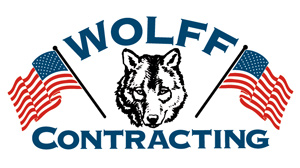WHEN YOU WORK WITH WOLFF CONTRACTING WE WILL IMMEDIATELY BEGIN TAKING THE FOLLOWING STEPS TO SAFEGUARD YOUR PROPERTY:
Wolff Contracting will work hand-in-hand with your insurance company to get the cleanup of your lot paid for
- Document the sit to create a comprehensive clean-up plan
- The first soil testing is to determine what is in the soil. Each soil contaminate requires different approaches to the project.
Wolff Contracting is highly experienced at removing all contaminated debris. We will remove the ash and debris and then determine if the foundation is safe.
- After every wildfire, certain landfills get approved to receive toxic debris. Toxic debris can only be taken to those specific landfills. All technical data is recorded and turned into the county as part of the permitting process and certifying the property clean.
- Every load of debris is tracked for safety precautions. When debris is transported it is wrapped in plastic (burrito wrap) and then a tarp is put over the truck and then disposed of in approved landfills.
The soil will be tested again once Wolff Contracting has cleared the soil (usually 3-6 inches is removed) to make sure that all toxics have been removed.
Once the soil has been determined to be clean, the permit will be closed
Contact Us
The Process of Clearing a lot
- Hire an experienced contractor
- File the appropriate paperwork with the county
- Make the lot safe
- Collect soil samples
- Debris Removal
- Submit paperwork with the samples after debris removal
- Clearing the lot
- Permit finalization / Declaring the lot clear
Making the lot safe
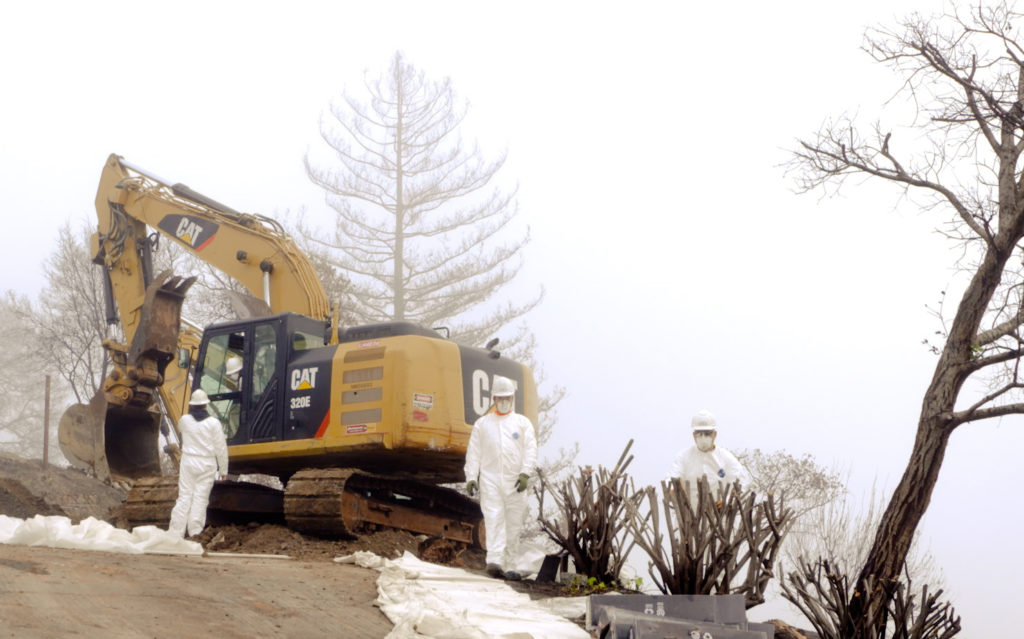
The construction industry has come a long way with emphasizing worker safety, increasing precautions, and informing workers on the importance of reducing their risk of injury.
Wolff Contracting works hard to create environmentally safe work zones, not only safe for our workers, but safe for those that visit the lot. Our workers wear masks, gloves, and understand the need for social distancing.
When Wolff Contracting gets to a site, the first thing we do is set up a perimeter around the property with caution tape and waddles. Once the perimeter is set, entry into the site is only authorized by properly trained personnel. Wolff Contracting has fire clean up teams that are HAZWOPER (Hazardous Waste Operations and Emergency Response Training) trained. We arrive at a site in full Tyvec suits, gloves and rubber boots. A containment zone is set up to be able to decontaminate before employees leave.
Marking of Septic System and Water Well Locations
Before debris clean up starts, property owners should clearly and visibly mark the location of their septic systems or systems associated with their property including the following:
- Septic tanks
- Pump tanks
- Pretreatment units
- Electrical components
- Distribution boxes (if location is known)
- Both the existing primary leach field area and (if known) the expansion leach field areas.
- Any transmission lines from the septic tanks, pump tanks, pretreatment units to the leach field.
- The location of any water wells.
- The location of any water well lines from the water well to the buildings.
This process is a critical measure to help preserve the property’s septic system and to avoid costly replacements or repairs. Even the removal of small amounts of soil from leach fields can result in the area no longer being a feasible leach field. It is imperative that areas be marked and the location information be shared with the debris removal contractor.
If property owners do not know the location of their system, they can come into the Permit Center to look for property records. If there are no records available, customers can be provided with a list of certified contractors in the area who can identify the location of the properties septic system.
Two-Step Process
There is a required two-step process to for those property owners affected by any wildfire which includes disposal of household hazardous waste and fire debris.
1. Household Hazardous Waste (HHW) Removal
A sweep of Household Hazardous Waste will be completed by the County at no cost to property owners. After work begins, it will take up to 3 weeks to complete.
2. Debris Removal and Property Clean-Up
Fire debris removal should only be completed by qualified and licensed individuals. Wolff Contracting is very experienced at independent fire clean up. Wolff Contracting has done 100’s of properties under both the federal and independent programs.
Property owners can begin step two by hiring a licensed and qualified contractor to remove fire debris. Property owners can download a Debris Removal Application form at the SoCoEmergency.org website. Additional information about Debris Removal Requirements and a Debris Removal Completion Certification information is also posted on this site.
SoCo Emergency Debris Removal
More information about the two-step debris removal process, including frequently asked questions (FAQs).
Grading Permit NOT Required for Debris Removal
A grading permit is not required for debris removal as it is removal of rubble, not soil. Debris removal is done at the property owner’s expense. The work must meet or exceed the standards set by local, state, and federal agencies. This includes compliance with all legal requirements for disposal, authorized disposal sites, best management practices for activities on site, proper transportation and documentation of waste and erosion control.
Tip: Debris removal can be done at the same time as portions of Starting the Permit Process.
Please view our list of Frequently Asked Questions for more information.
Previous Step: File Insurance Claim | Next Step: Starting the Permit Process
Debris Removal
Important Documents for Property Owners and Contractors:
- Debris Removal Application (eform)
- Debris Removal Application
- Debris Removal Requirements
- Sample Site Work Plan
- Debris Removal Completion Certification
- Conditional Exemptions from Debris Removal Requirements
- Debris Removal Exemption Application
The second step in property clean-up can start after the Household Hazardous Waste sweep is complete. Property owners can now fill online the Debris Removal Application (eform) or download the Debris Removal Application and Sample Site Work Plan. Property owners should also download and review Debris Removal Requirements and Debris Removal Completion Certification. Applications and work plans must be approved by Environmental Health prior to debris removal. Property owners may contact Environmental Health at (707) 565-6700 or EHDebrisRemoval@sonoma-county.org for questions regarding the application process.
You may qualify for an exemption to the debris removal requirements. Please review the Conditional Exemptions from Debris Removal Requirements to see if your property qualifies for an exemption. If you believe your property qualifies, please complete the Debris Removal Exemption Application and submit it to Environmental Health.Debris Removal
Regardless of waste volumes and materials like concrete, wood, bricks, plastics, fixtures, and more, Wolff Contracting is equipped to handle all types of construction waste and debris. Our solid waste collection and disposal schedules are flexible and reliable—just what you need to keep your projects on schedule.
Debris Removal
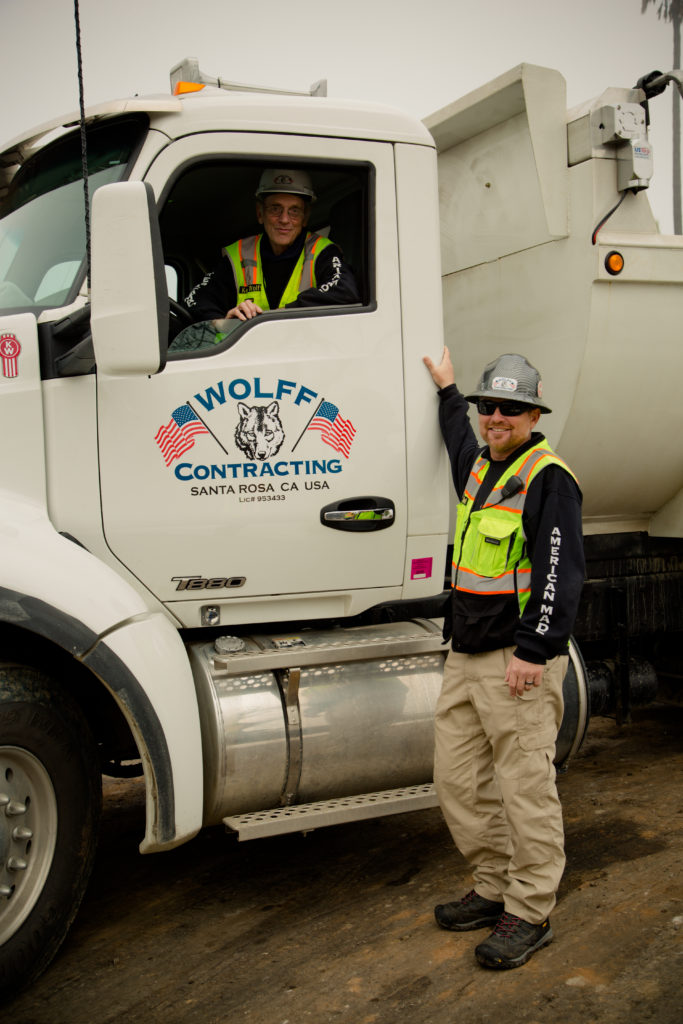
Two-Step Process
There is a required two-step process to for those property owners affected by any wildfire which includes disposal of household hazardous waste and fire debris.
1. Household Hazardous Waste (HHW) Removal
A sweep of Household Hazardous Waste will be completed by the County at no cost to property owners. After work begins, it will take up to 3 weeks to complete.
2. Debris Removal and Property Clean-Up
Fire debris removal should only be completed by qualified and licensed individuals. Wolff Contracting is very experienced at independent fire clean up. Wolff Contracting has done 100’s of properties under both the federal and independent programs.
Property owners can begin step two by hiring a licensed and qualified contractor to remove fire debris. Property owners can download a Debris Removal Application form at the SoCoEmergency.org website. Additional information about Debris Removal Requirements and a Debris Removal Completion Certification information is also posted on this site.
SoCo Emergency Debris Removal
More information about the two-step debris removal process, including frequently asked questions (FAQs).
Marking of Septic System and Water Well Locations
Before debris clean up starts, property owners should clearly and visibly mark the location of their septic systems or systems associated with their property including the following:
- Septic tanks
- Pump tanks
- Pretreatment units
- Electrical components
- Distribution boxes (if location is known)
- Both the existing primary leach field area and (if known) the expansion leach field areas.
- Any transmission lines from the septic tanks, pump tanks, pretreatment units to the leach field.
- The location of any water wells.
- The location of any water well lines from the water well to the buildings.
This process is a critical measure to help preserve the property’s septic system and to avoid costly replacements or repairs. Even the removal of small amounts of soil from leach fields can result in the area no longer being a feasible leach field. It is imperative that areas be marked and the location information be shared with the debris removal contractor.
If property owners do not know the location of their system, they can come into the Permit Center to look for property records. If there are no records available, customers can be provided with a list of certified contractors in the area who can identify the location of the properties septic system.
Grading Permit NOT Required for Debris Removal
A grading permit is not required for debris removal as it is removal of rubble, not soil. Debris removal is done at the property owner’s expense. The work must meet or exceed the standards set by local, state, and federal agencies. This includes compliance with all legal requirements for disposal, authorized disposal sites, best management practices for activities on site, proper transportation and documentation of waste and erosion control.
Tip: Debris removal can be done at the same time as portions of Starting the Permit Process.
Please view our list of Frequently Asked Questions for more information.
Previous Step: File Insurance Claim | Next Step: Starting the Permit Process
Debris Removal
Important Documents for Property Owners and Contractors:
- Debris Removal Application (eform)
- Debris Removal Application
- Debris Removal Requirements
- Sample Site Work Plan
- Debris Removal Completion Certification
- Conditional Exemptions from Debris Removal Requirements
- Debris Removal Exemption Application
The second step in property clean-up can start after the Household Hazardous Waste sweep is complete. Property owners can now fill online the Debris Removal Application (eform) or download the Debris Removal Application and Sample Site Work Plan. Property owners should also download and review Debris Removal Requirements and Debris Removal Completion Certification. Applications and work plans must be approved by Environmental Health prior to debris removal. Property owners may contact Environmental Health at (707) 565-6700 or EHDebrisRemoval@sonoma-county.org for questions regarding the application process.
You may qualify for an exemption to the debris removal requirements. Please review the Conditional Exemptions from Debris Removal Requirements to see if your property qualifies for an exemption. If you believe your property qualifies, please complete the Debris Removal Exemption Application and submit it to Environmental Health.Debris Removal
Regardless of waste volumes and materials like concrete, wood, bricks, plastics, fixtures, and more, Wolff Contracting is equipped to handle all types of construction waste and debris. Our solid waste collection and disposal schedules are flexible and reliable—just what you need to keep your projects on schedule.
Debris Disposal
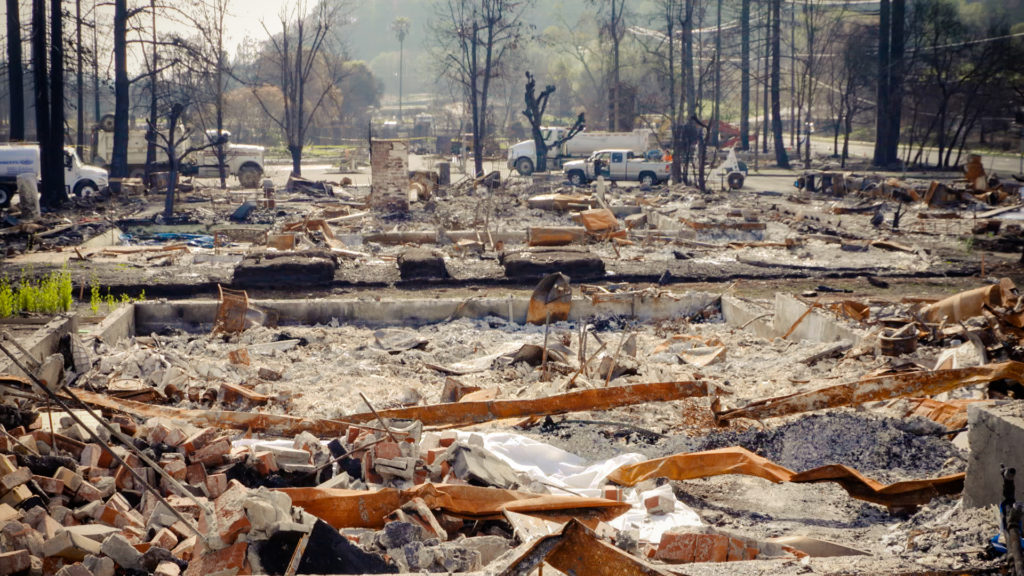
Scalable and Reliable Service
Construction and demolition work can create a lot of waste and debris. Some materials require special disposal, while others don’t—most construction materials won’t fit into a normal waste container. Whether your business is engaged in a special project or needs consistent, construction waste removal, Wolff Contracting has the trained employees and well-maintained equipment to help.
We offer a variety of service offerings and solutions to help you build efficiencies, minimize waste, and achieve your sustainability goals—from construction debris removal to the rental of construction dumpsters and more. Our construction waste disposal bins range in size from 10 yards to 40 yards and have special features that vary based on your needs.
When dealing with fire damage, the last thing that should be a worry is removal of the debris. Let Wolff Contracting solve your problems. Unsure what services you need? Our dedicated team will help you identify the right recycling and disposal options to keep your jobs on schedule.
Committed to the Environment
We believe we have a responsibility to the environment and the communities we serve. Our partnership with your organization is a vital part of that effort. We offer a variety of ways to waste less and recycle more, like concrete recycling (repurposing), getting help from environmental specialists, managing organic waste and more. We do the hard work, so you don’t have to.
Contaminated Soil Removal
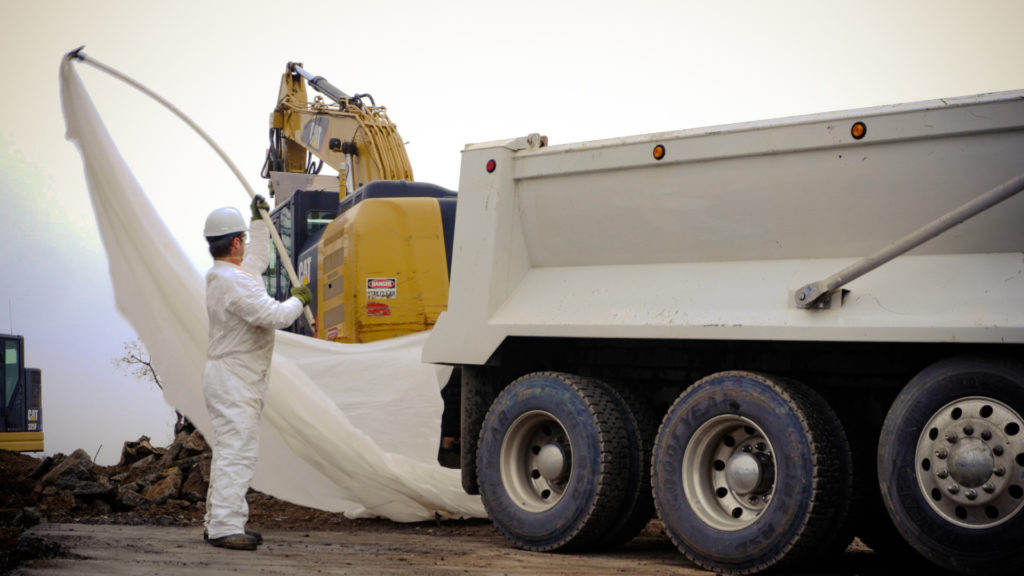
Soils are contaminated when harmful chemicals accumulate on a piece of land. Typically because of fire damage, previous industrial or agricultural activities, it reaches a point where they become or have the potential to become dangerous to people or other organisms in the surrounding natural environment.
The Environmental Protection Agency estimates that tens of thousands of contaminated sites remain in the United States that have the potential to cause environmental harm. Wolff Contracting plays an integral part in the process of remediating and reclaiming these lands for future productive uses. Using a number of state of the art treatment technologies for processing contaminated soil using thermal desorption, bioremediation, chemical fixation, and various physical segregation treatments.
Depending upon the contaminants in the soil, they may be classified as:
- Hazardous
- Non-Hazardous – such as petroleum impacted, metal impacted, and soils from the excavation of underground storage tanks
- RCRA categorized soils
- PCB – both TSCA and non-TSCA contaminated soils
- MGP – coal tar contaminated soil
Wolff Contracting’s expertise and experience recycling soil affords our clients unsurpassed service and value. Our full service approach means that we’re there when you need us every step of the process from soil testing to transportation, and ultimately developing a beneficial reuse or recycling plan customized for your materials. We’ll work with you to make your project as cost-effective as possible while handling your material in compliance with state and federal environmental laws. Talk to our experts today about how to best approach your contaminated soil removal needs.
Soil Testing
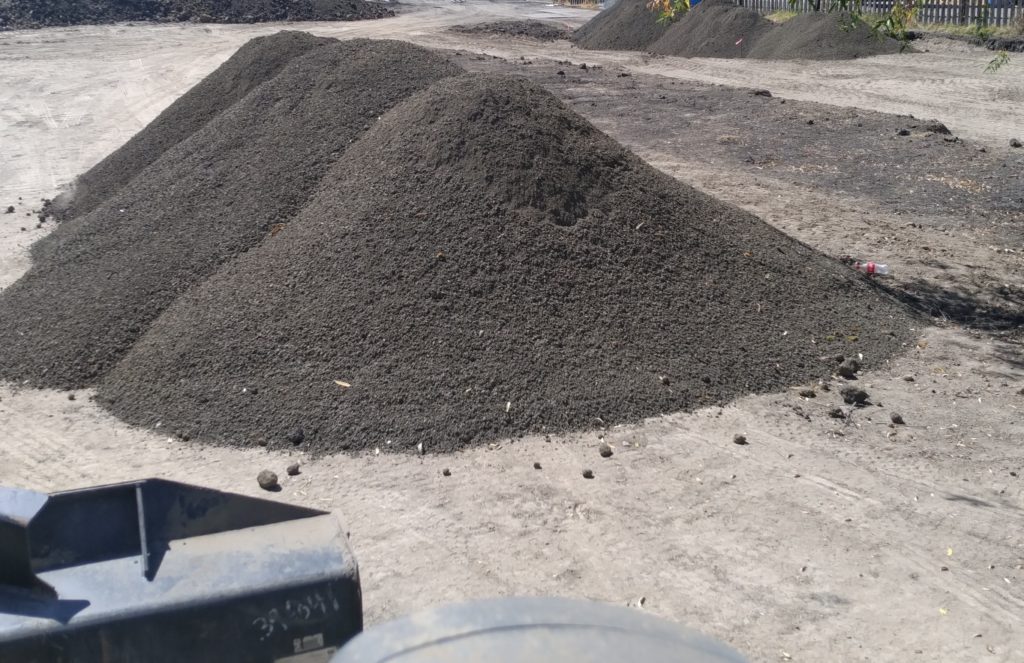
Wolff Contracting has a process that offers the most relevant, thorough testing of materials in the area. It contains the tools and equipment necessary for soil and material testing used on projects ranging from public to commercial and residential. Soil testing is an important part of the work that must be done before or after any construction takes place. It helps engineers make informed decisions and design choices that work with the soil foundations of a building, such as permeability.
Soil testing services include:
- Lime stabilization studies
- Consolidation
- Direct shear
- Plasticity index
- Sieve/hydrometer analysis
- Saturated triaxial shear
- Expansion index
Permit Finalization (clearing the lot)
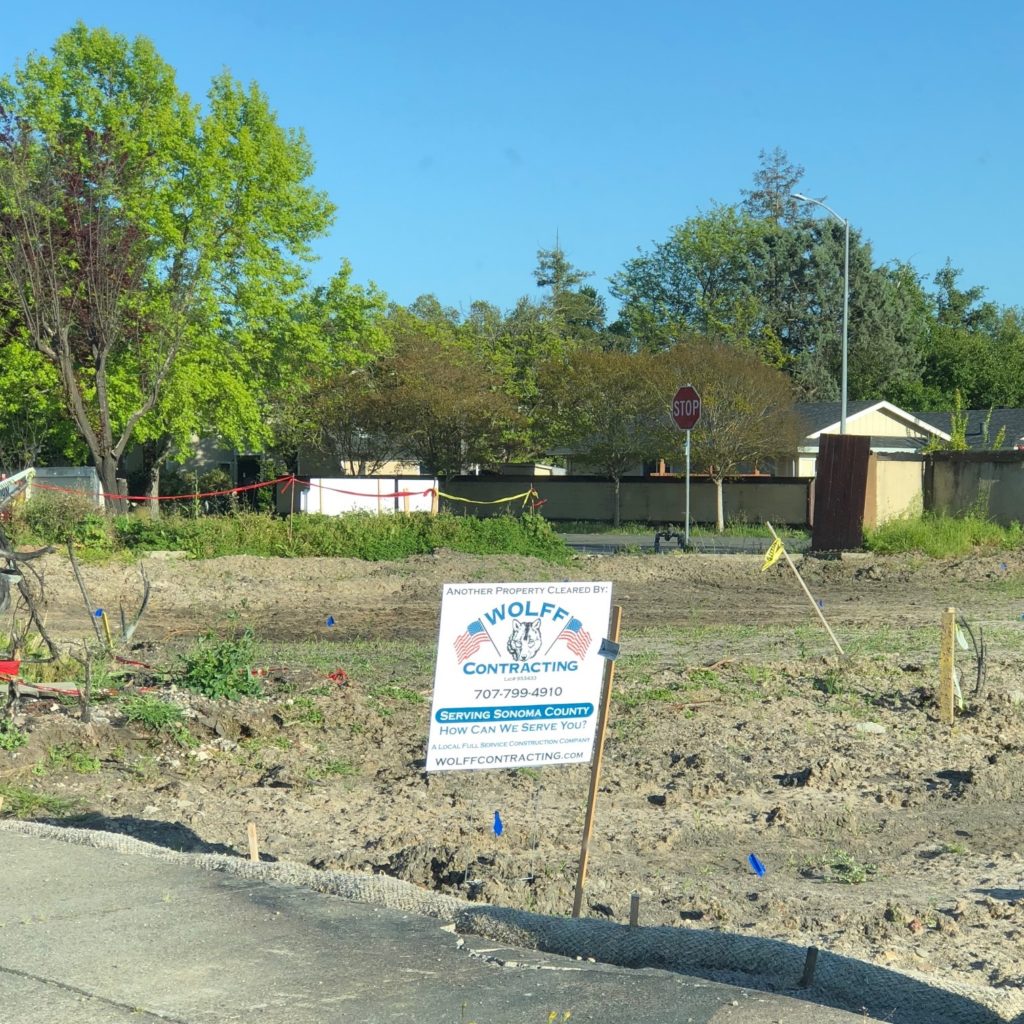
Once the soil testing is complete, Wolff Contracting will finalize the permit process with the appropriate offices. This process is a procedural step prior to the lot being certified for building a replacement structure of any kind.
Lot is Certified Clear
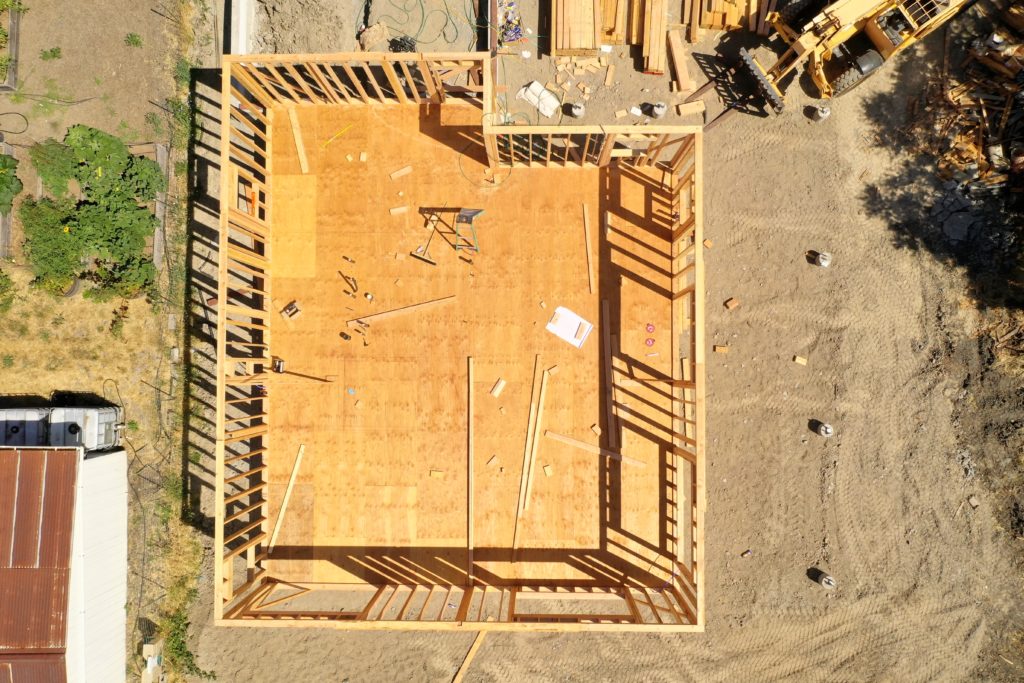
Wolff Contracting has an amazing team of construction experts to help you get the certification required to start building on the cleared lot.
After the lot is cleared, Wolff Contracting will be there to help you start rebuilding your specific dream.
